Yuki Tsunoda was weak in 2021. That’s not a blunt commentary on his performance in his rookie season, even though it underwhelmed against the hype that surrounded the Japanese youngster at the start of the year.
It’s a reflection of his physical condition. Tsunoda admitted last year he needed to improve his fitness for 2022 and the first signs from pre-season testing suggest it’s paying off already.
So how bad was it before? Well, let’s take AlphaTauri’s 66-year-old team boss Franz Tost as a benchmark.
“He was in much better shape than me,” Tsunoda laughs in an exclusive chat with The Race. “If I see my body shape last year, Franz was much better.”
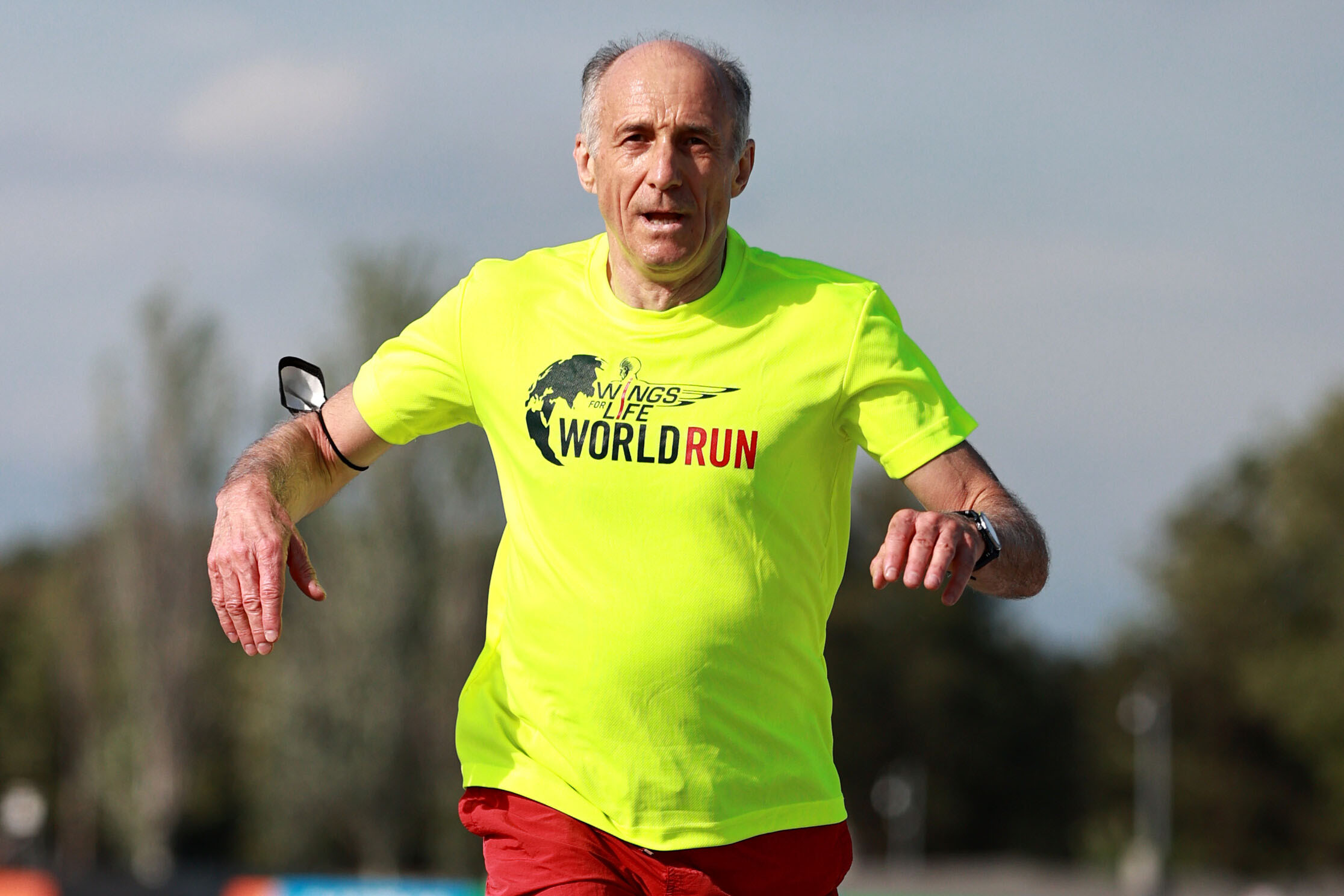
That’s not a dig at Tost either. Tsunoda, though he is joking, also speaks with an awkward ‘I kind of actually mean this!’ undertone. He is in awe of Tost’s 4.30am wake-up calls and sunrise 10km runs, even in the winter.
And Tsunoda knows that as a 20-year-old getting ready for his first year in F1, he lacked anything like that sort of commitment.
“I didn’t struggle as much in previous years,” he says, referring to how he coped with his quick progression up the ladder from Formula 4 to Formula 3 to Formula 2 in successive years.
“The training I was doing, before the season started, I think was mostly right. Of course, in Formula 3 and Formula 2, I kind of felt it a little bit but always from the middle of the season I’d start to get used to it and the body adapted to those conditions. Especially the neck, I never had a neck issue.
“But something [different] happened last year. Maybe those other years physically I was naturally strong [enough]. That’s one of the reasons I was not training enough last year, and I realised too late.”
Tost has been quick to defend Tsunoda on this subject, arguing that most rookies underestimate the challenge of F1 at first. Tsunoda, to his credit, doesn’t shy away from his part in that.
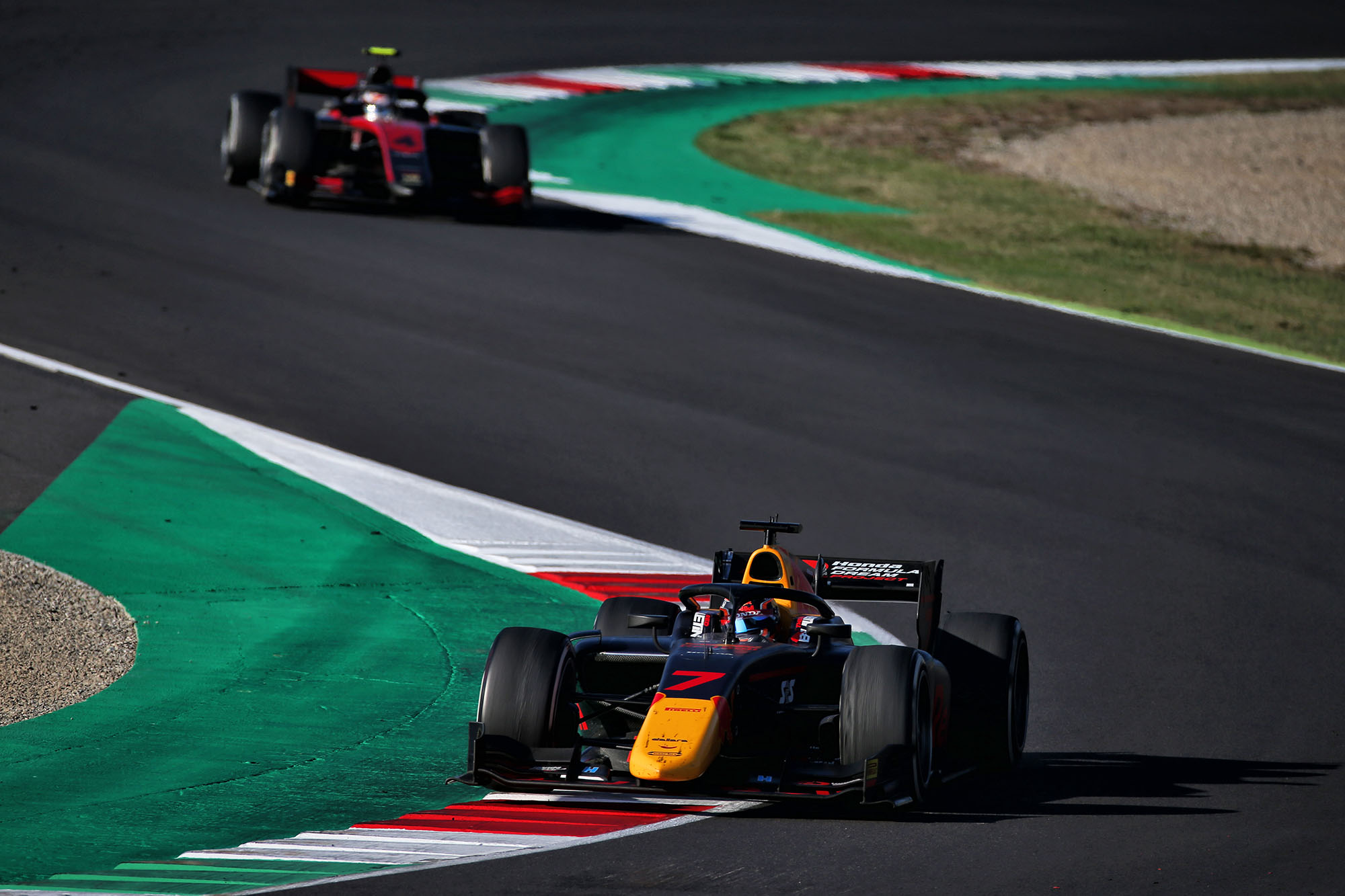
“When I was racing Formula 2, those cars didn’t have power steering,” he says. “So, my steering weight was much heavier in Formula 1. So I was thinking Formula 1 would be easier because there’s power steering! And maybe there’s the neck issue, but not as much as I was thinking.
“I thought Formula 1 would be kind of similar to Formula 2, maybe a bit harder. But yeah, I’d much rather be in a Formula 2 [physically]!”
The simple fact is that Tsunoda misjudged the step. It’s something he’s very open about now, because he’s gone to good lengths over the winter to try to make amends.
In the process, he’s had to confront a reality of being an F1 driver he really, really dislikes: training.
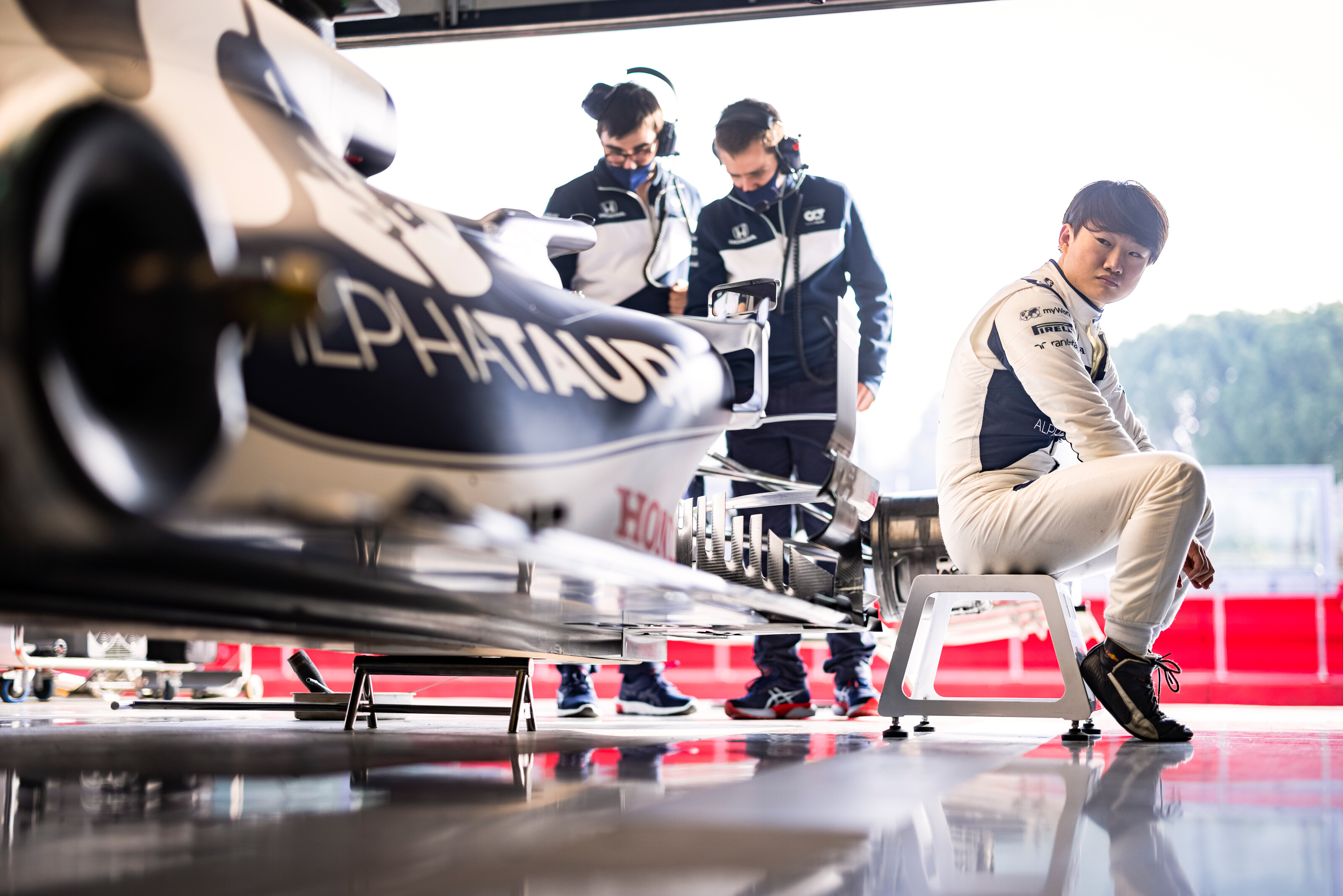
“The day I have a gym session, when I wake up it feels like I’m just having a bad day,” he says.
“I still don’t like gym sessions. I don’t like the smell of the gym, I don’t like everything. I don’t like the equipment, just everything.
“At the same time I know the gym helps a lot to increase my performance. Of course, I really don’t like it. But what I felt last year and experienced last year motivates me at least a little bit to train.”
Tsunoda’s hardly making the most dramatic of sacrifices by hauling himself into the gym each day. If anything, he’s doing the bare minimum expected of an elite athlete.
But his words are a refreshing burst of honesty. And it’s OK to be amused by just how much he dislikes training.
What’s clear from what Tsunoda says is that he has got no interest in portraying himself as the model professional. He doesn’t really care if someone hears what he says and thinks he’s lazy or unprofessional, because he found that out the hard way himself.
He’s far more interested in making sure he lives up to the necessary standard, because in 2021 he experienced the awkward realisation he had underprepared and the consequences of not being quite fit enough to race an F1 car in the most extreme physical conditions.
He reckons he was “lucky” to start the season with a night race in Bahrain and then a grand prix at Imola as he felt those two tracks were not so physically demanding. And he says that tricked him into thinking he was ready for F1.
“But soon as I went into more physically demanding tracks and also hotter track conditions, I felt like I’m not enough,” he admits.
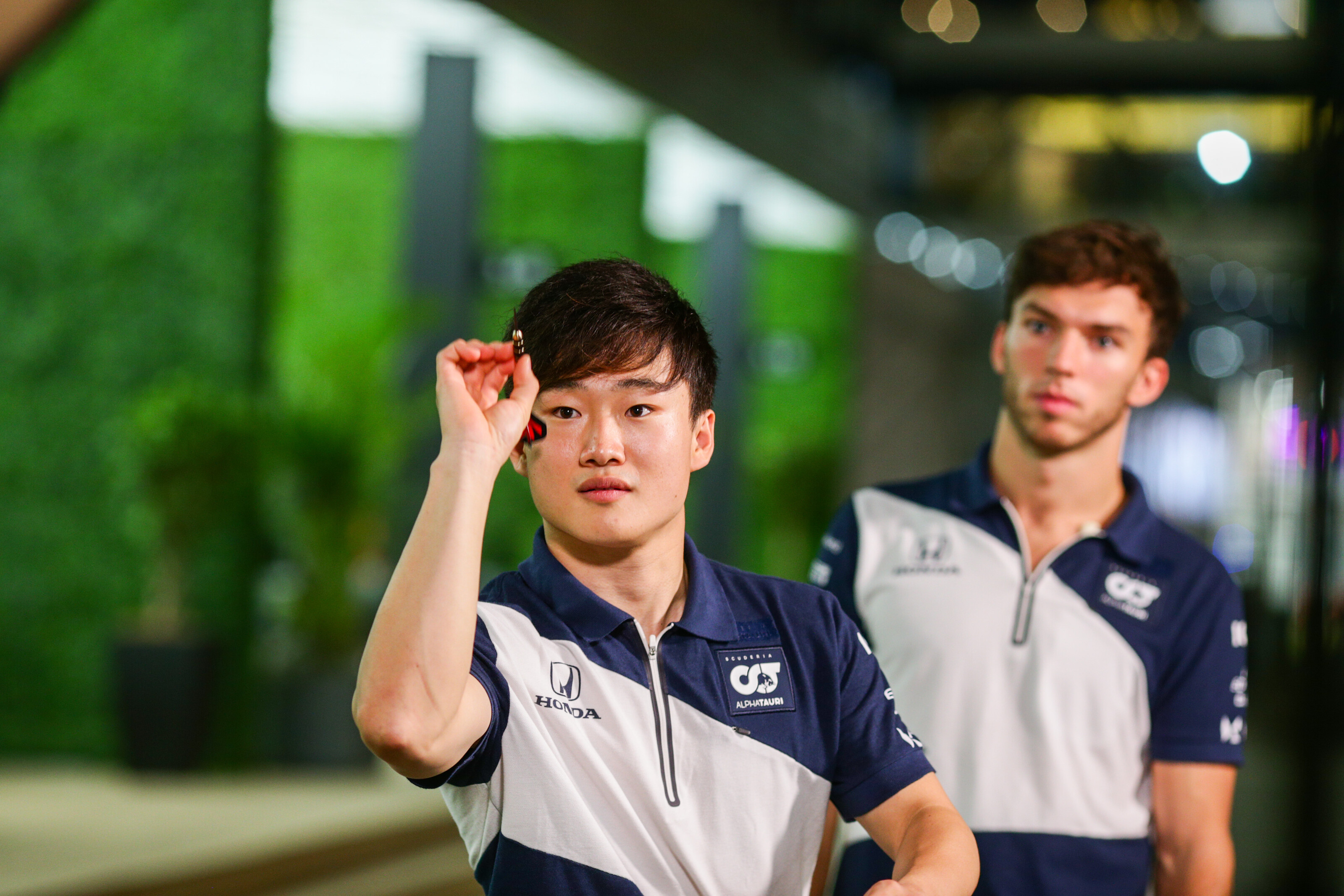
“I needed to work harder, especially compared with my team-mate [Pierre Gasly], who was training really hard, and I know how strong he is and how his physical performance affected the driving as well.
“I realised quite late that I have to increase. I thought at certain points before the season started that it was enough.”
The problem with that is once the F1 season begins, there’s not a lot a driver can do. All the hard work is done over the winter. During the year it’s mainly about maintaining a certain level of fitness and managing recovery.
“As soon as the season starts, I couldn’t train much more, I couldn’t gain the physical performance because we are so time limited and as soon as one race finishes, the next race is going to start,” Tsunoda says.
“That’s why I’ve been preparing a lot compared to last year to avoid that situation. And also to prepare for the new cars and where I’m going to feel tired may be different compared to last year.”
That alone is an indication of how much more seriously Tsunoda is taking things. Having struggled with his neck last year and his arms, Tsunoda was wary of the switch to 18-inch wheels and a stiffer car set-up making the steering even heavier on the 2022 F1 cars.
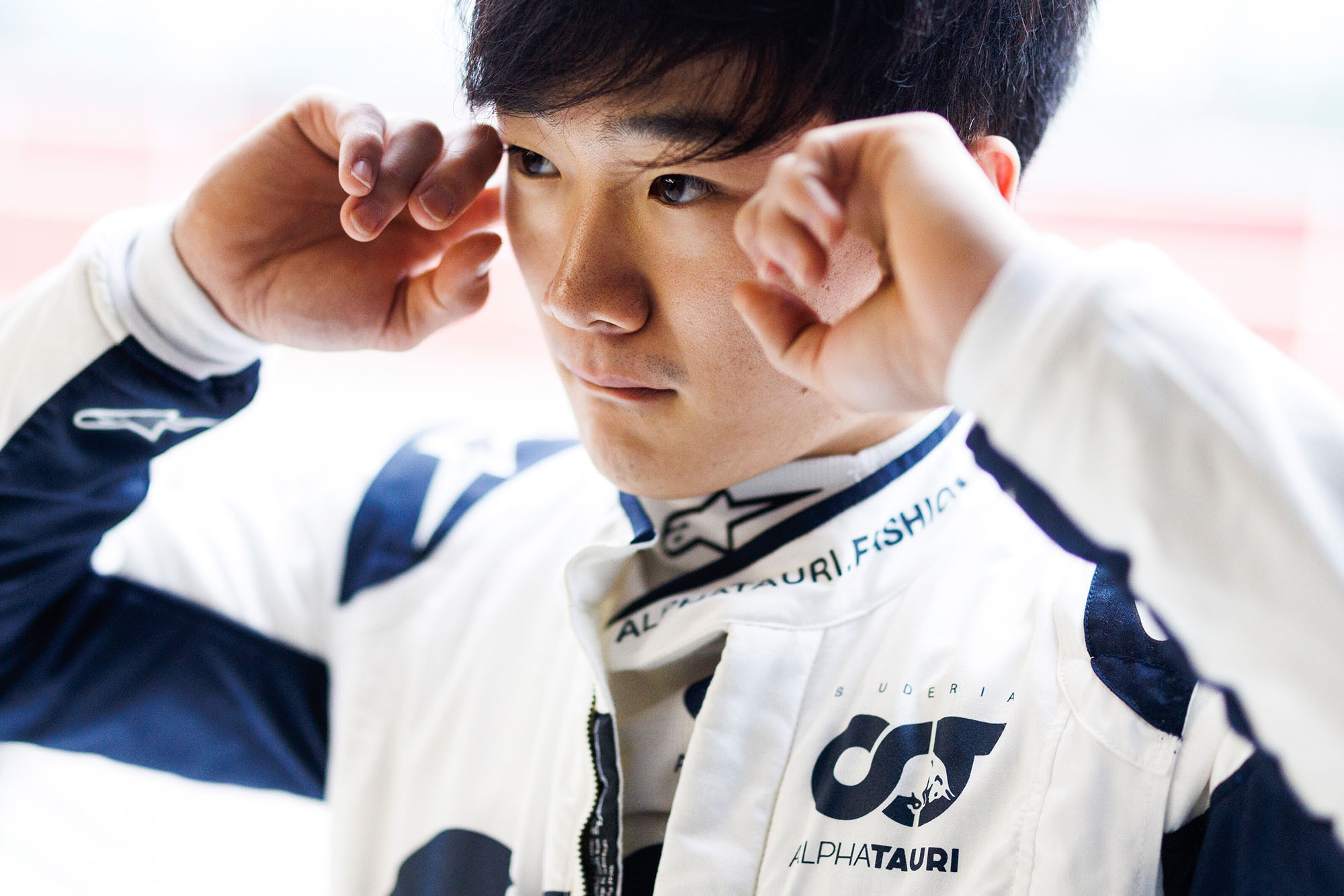
So, what’s changed? In broad terms, Tsunoda’s training more and training more intelligently.
It’s a routine change so big that now even though he lives in Italy and his trainer is in the UK, Tsunoda is training more than he did when they were both in the same country – although they were united over the winter when a training camp was organised in Italy.
“It’s more specialised,” is Tsunoda’s summary. “Of course, training more overall. But more specialised.
“The places I feel weak, and where I feel it is more important for the race to increase the performance, I always gave feedback after the race.
“Every time I gave the feedback to him and we tried to create the programme from that feedback. So hopefully, that works!”
Gone is the easygoing approach of alternating strength and endurance training each day, or combining a morning gym session with some afternoon yoga. Now Tsunoda’s combining those training types in a single day, and introducing more variety in what he is training.
He’s also dropped his ‘rest day’ for neck training and has done more sustained work on that key area. Although the neck exercises, reviled by most drivers, still get a particularly scathing review.
“It’s the worst,” says Tsunoda. “OK, other work – arms, endurance, while you are doing training it feels bad but after the training you feel at least a little bit fresh.
“Neck training, nothing. It just hurts. It feels tight the whole day.”
There’s a lot more that Tsunoda needs to improve to get things right in F1. He clearly has a tremendous amount of ability but that physical deficiency hurt him last year as did his general inexperience.
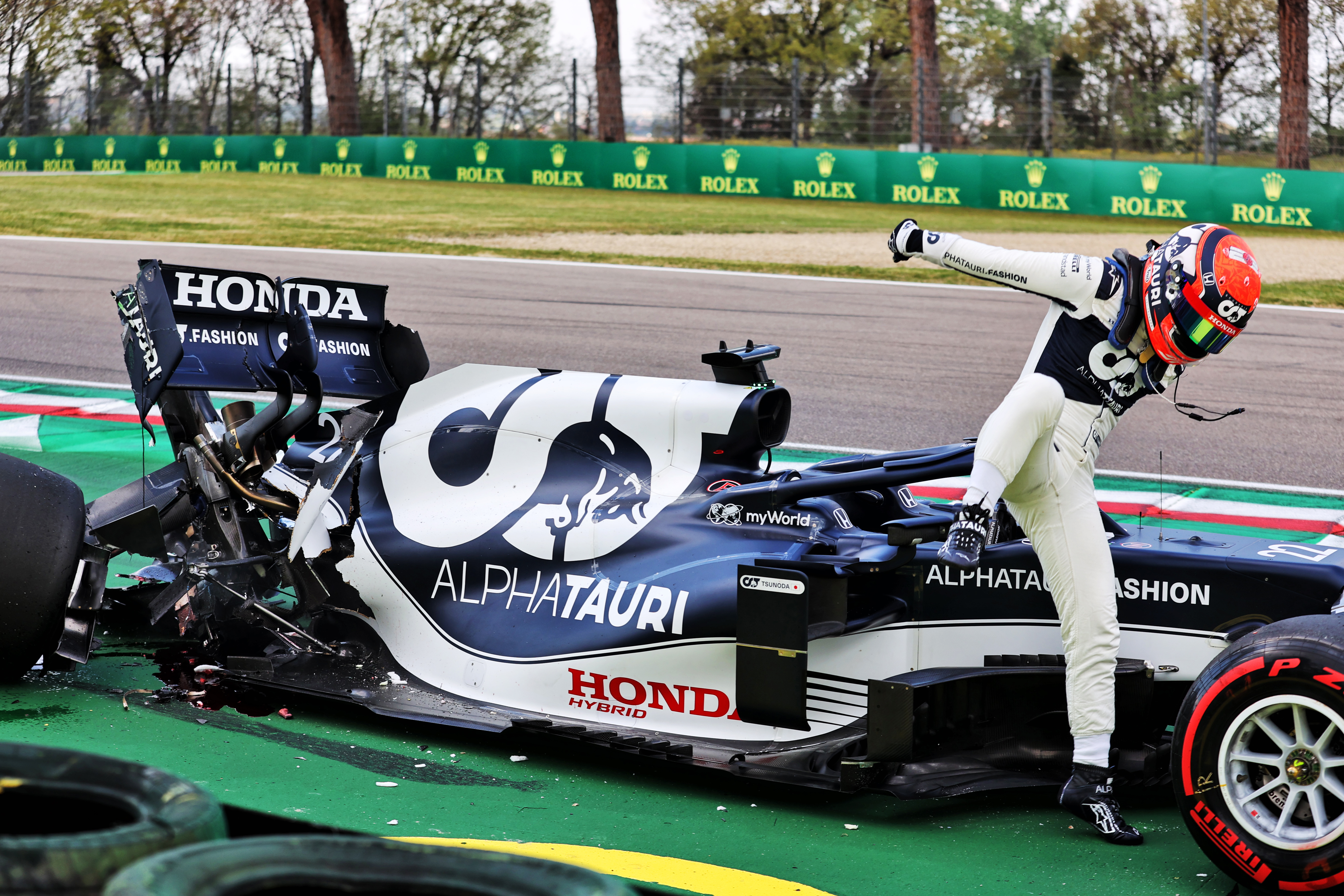
After an excellent showing on his debut in Bahrain, the brutal reality of F1 hit him hard when he crashed in qualifying at Imola and then had a silly spin in the grand prix.
From then on, Tsunoda admits he was mentally “broken after I lost confidence at Imola” and was “starting from zero” to rebuild. “There was no doing any worse than that one,” he says.
Tsunoda had Red Bull and AlphaTauri’s full backing even if it came in ways that only Red Bull and the likes of Tost understand at times. His forced relocation from Milton Keynes to Faenza in the early months of the season stands as a good example. It was also when his inadequate physical regime was exposed.
You may remember his objection to the training schedule he was put on by Tost. But any complaint was, as becomes clear throughout our conversation, only ever partly serious and was ultimately underpinned by an acceptance that he needed to do more.
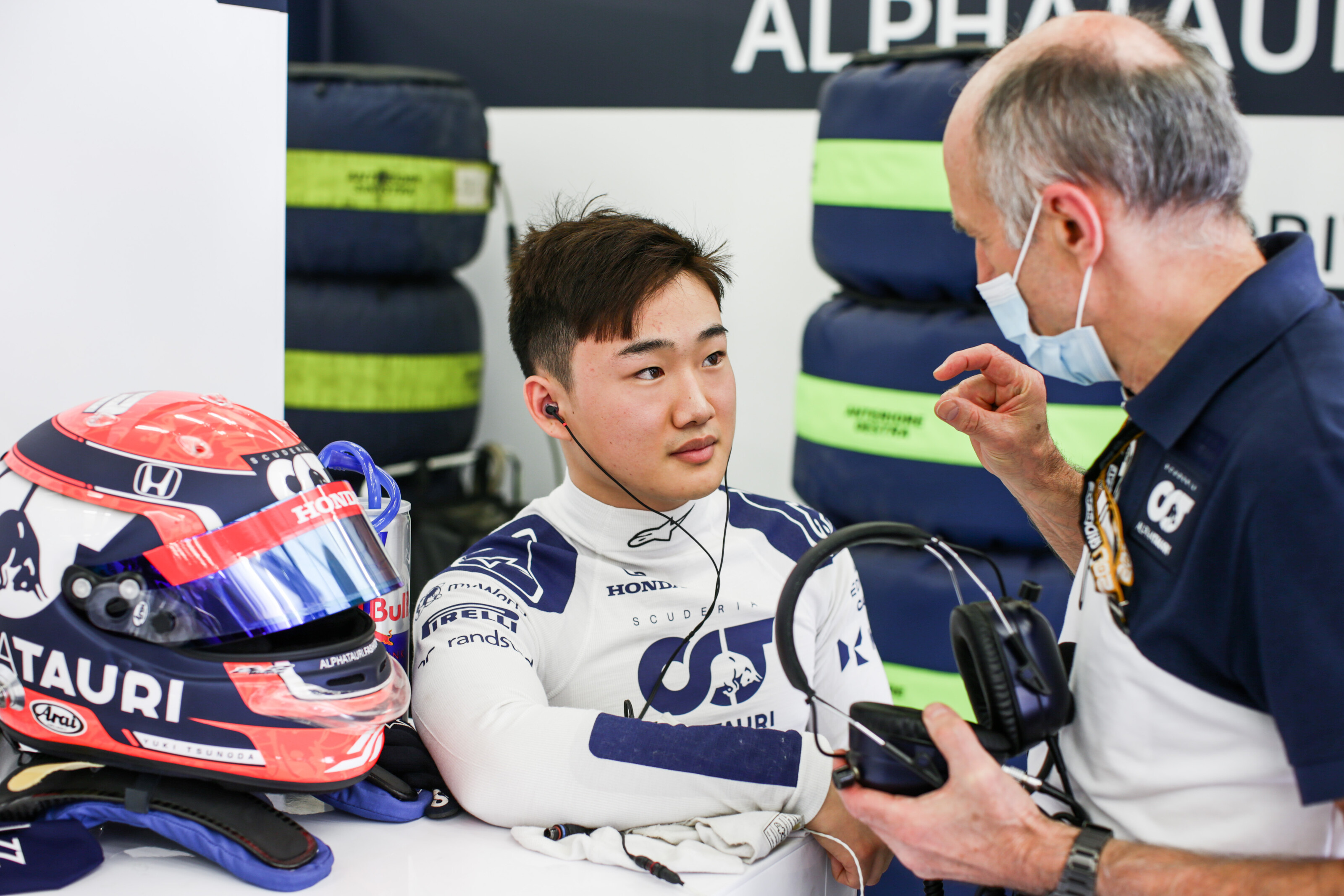
Tost, in particular, appears to be an excellent role model for Tsunoda. He does not suffer fools, will ask a lot of his drivers, and can be cutting if they fall short of the standards he expects. But he is also their biggest supporter and that has been blatantly clear since Tsunoda was first signed to AlphaTauri.
So as Tsunoda sought to address one of his biggest shortcomings for his second F1 season, it’s not that surprising to hear how much influence Tost had.
“I mean, as you can imagine, I got pushed! I got told by Franz that I have to move to Italy, and that was already a push,” says Tsunoda.
“He knew that in the first half of the season I was in the UK, I was training in the morning session, but in the afternoon had nothing to do so I was just ordering UberEats with one hand and gaming the whole day, pretty much every day.
“Already moving to Italy, you can imagine how much he was pushing me into the gym and he was always trying to control me from where he could see how I’m doing and how much training I’m doing.
“He was pushing a lot for training especially, but I don’t feel anything bad about Franz. Because actually Franz is training a lot. We are competitive and he’s like waking up at 4.30 or 5 o’clock and goes for a run, 10km, every morning, even in winter conditions.
“I cannot complain about anything. He’s an athlete. At least I must train more than him because he’s already 60 years old or whatever, and I’m still 20 years old!
“That motivates me. And that’s why I respect him.”





